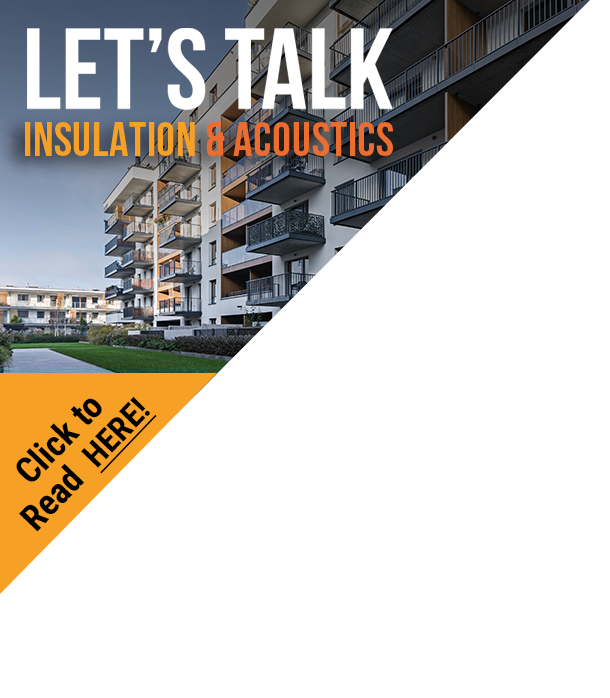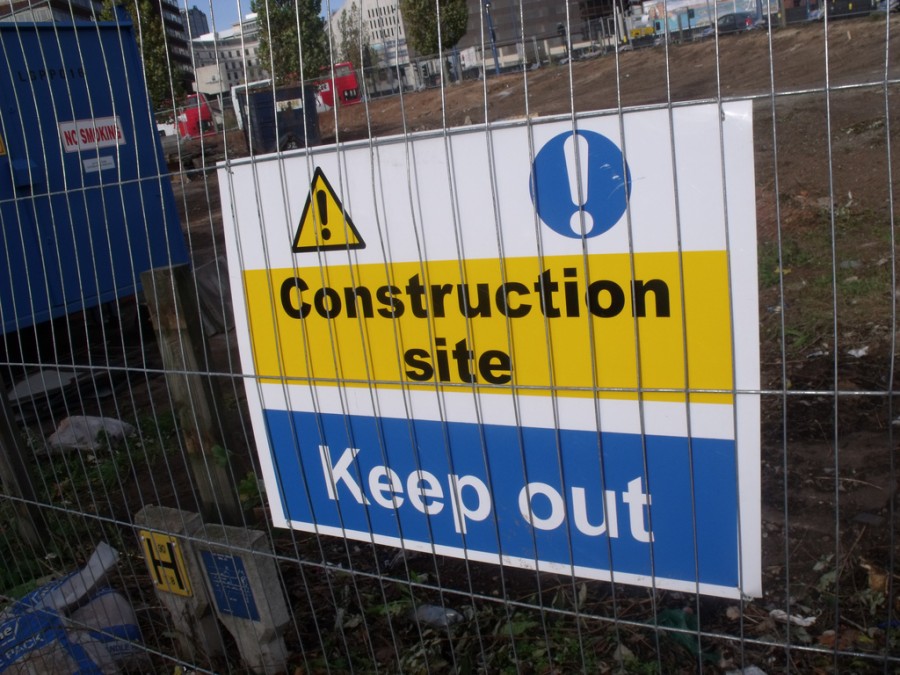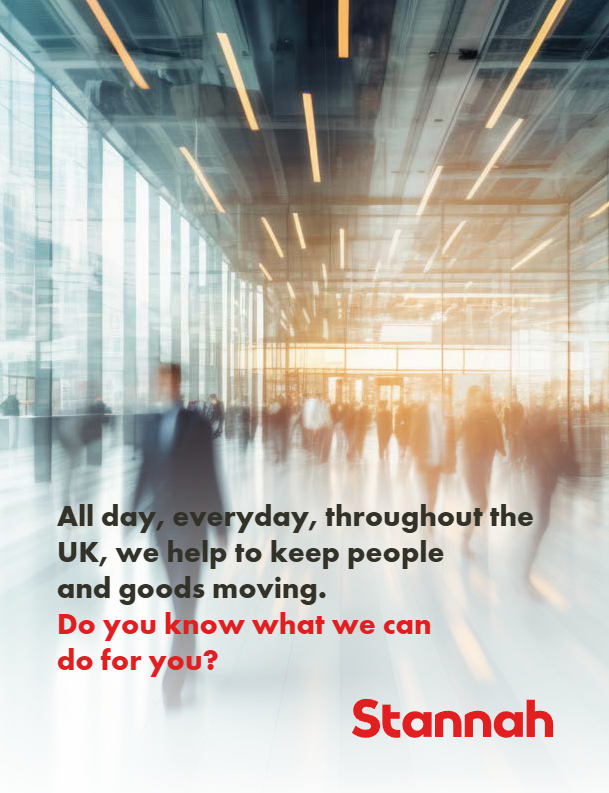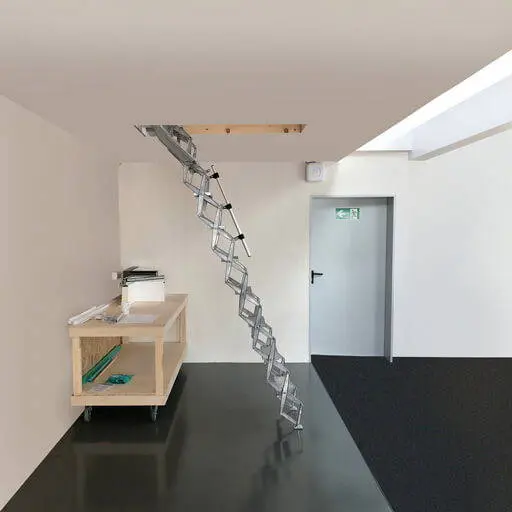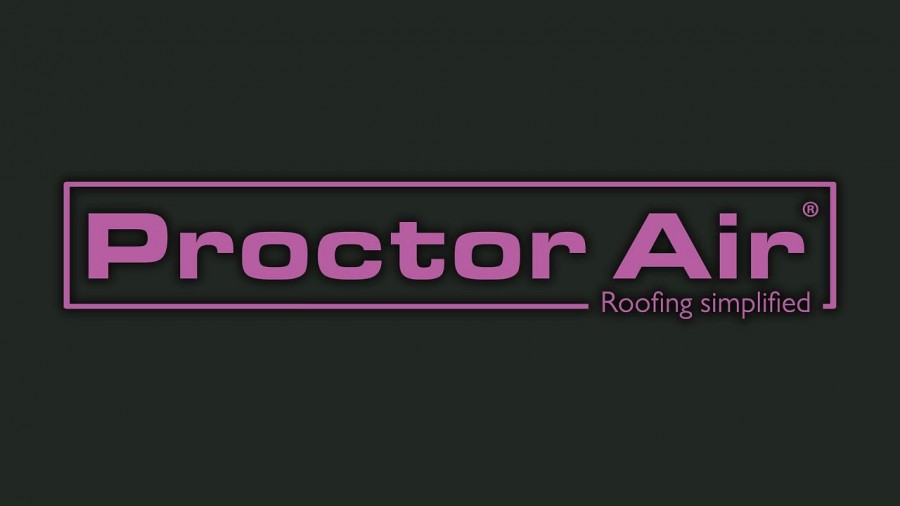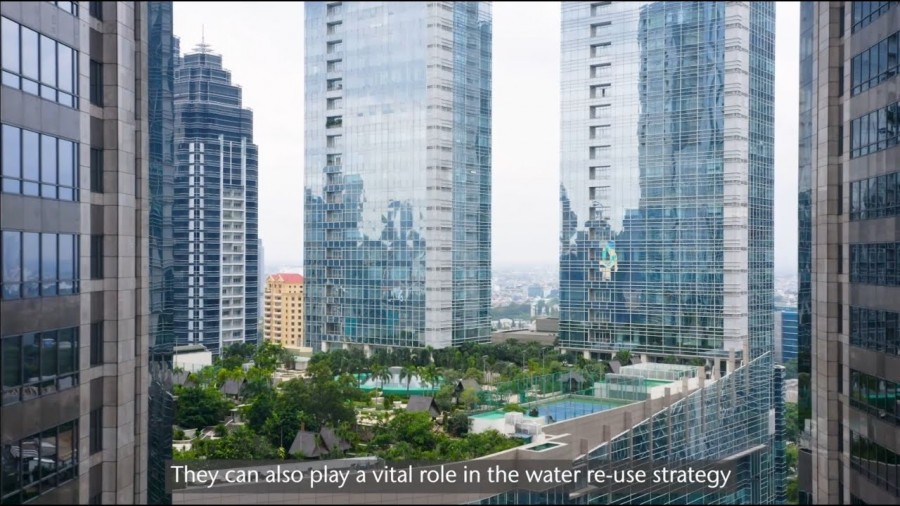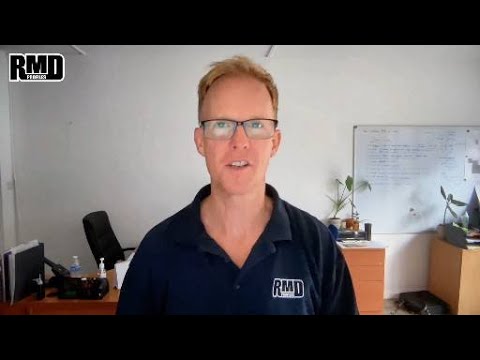
Accessing services which pass across roofs or podiums poses many issues both for designers and maintenance teams.
Traditionally, services have been laid either above the surface or, where the areas are utilised for pedestrian or vehicle traffic, beneath concrete, paving or other substrates. Neither option is ideal.
Raised floors generally utilise pedestals supporting concrete, granite or ceramic paviours or timber decks so services are easily accommodated underneath.
When access is required for maintenance or repair, it is simply a matter of taking up a paviour or two from the floor. The sections are then dropped back into place with minimal disruption. Similarly, any paviours that become dirty or damaged can easily be swapped out.
All these attributes save time as well as the inconvenience, costs and safety risks associated with excavating the substrate to locate and rectify service-related problems. They also allow additional services to be installed while leaks in roofs or podiums are easily traced as the waterproof membrane is far more visible.
"Importantly, although the surface of the raised flooring is perfectly level, excellent drainage is provided as the gradient of the roof or podium on which the floor stands can be maintained to ensure effective water runoff," says Mike Wilderink, of Buzon UK.
"Slope correctors, which allow for adjustment to compensate for the roof pitch or, for locally uneven sub-bases, are available to ensure the pedestals still remain fully in contact with the substrate.
"Pedestals used in raised floor systems should be capable of providing durability, stability and strength to support loads of more than 1000 kg.
"From a construction perspective, the use of raised access floors considerably lightens the structural load on the building. Raised floor systems can be built directly over single ply roofs without adding significantly to the structural loading of the roof or the building. They may also be placed directly on top of a warm roof without damage to the waterproof membrane or insulation layer. This has the added benefit that the weight of the deck that the pedestals support holds the insulation material in place without the need for further ballast.
"These advantages translate into higher values for properties as areas that would previously not have been available for use can be utilized; for example, through the ability to create useable roof and balcony spaces. With this in mind, raised floor systems are being used on prestigious architectural projects to deliver outstanding functionality and cost performance."
